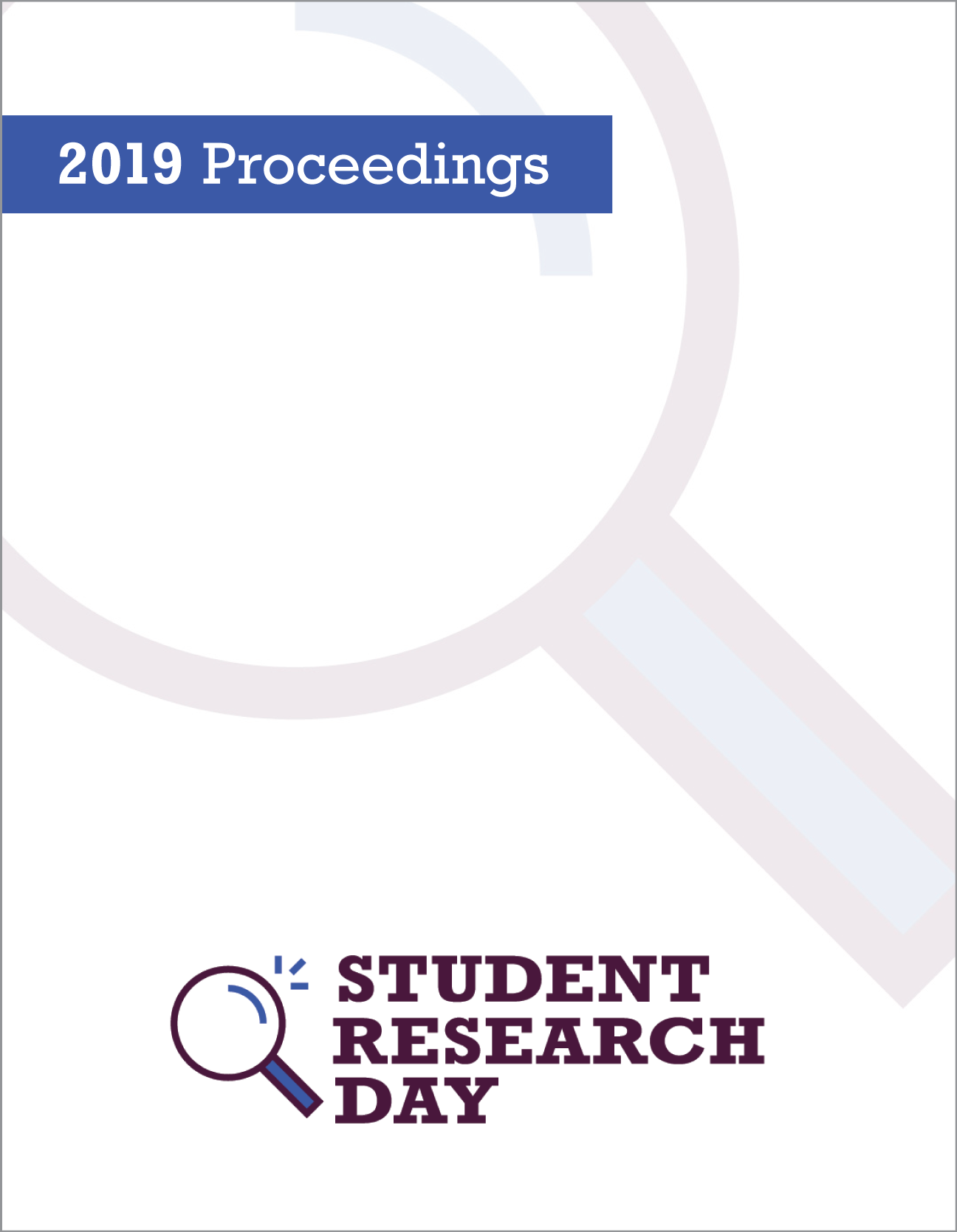The relationship between ADHD-like traits and attention and visuomotor performance
Abstract
The cerebellum is generally known as a brain region that plays an important role in motor coordination and motor learning. However, recent neuroimaging and patient studies have demonstrated that the cerebellum is also involved in a variety of cognitive functions (e.g., language, attention). Furthermore, abnormalities in the cerebellum have been linked to a number of psychiatric conditions such as schizophrenia, autism and attention-deficit hyperactivity disorder (ADHD). ADHD is a neurodevelopmental condition characterized by inattention, hyperactivity, and impulsivity. Previous work has consistently shown that individuals with ADHD have smaller cerebellar volumes when compared to controls. This study will examine the role of the cerebellum in attention and visuomotor learning in individuals who score higher or lower in traits associated with ADHD. First, we will use the Adult ADHD Self-Report Scale to determine whether an individual is high or low in ADHD-like traits. Then, we will then compare these two groups on attention and visuomotor learning tasks that are known to rely on the cerebellum. Specifically, we will measure spatial attention using a covert attention task and sustained attention using the sustained attention to response task (SART). In addition, we will measure visuomotor learning using a prism adaptation task. We predict that those who are higher in ADHD-like traits will demonstrate decreased performance on each of these tasks compared to those lower in ADHD-like traits. This study will provide further insight into the role of the cerebellum in attention and motor learning and how these functions may be related to ADHD.
Faculty Mentor: Christopher Striemer
Department: Psychology (Honours)
Published
Issue
Section
License
Authors retain any and all existing copyright to works contributed to these proceedings.



